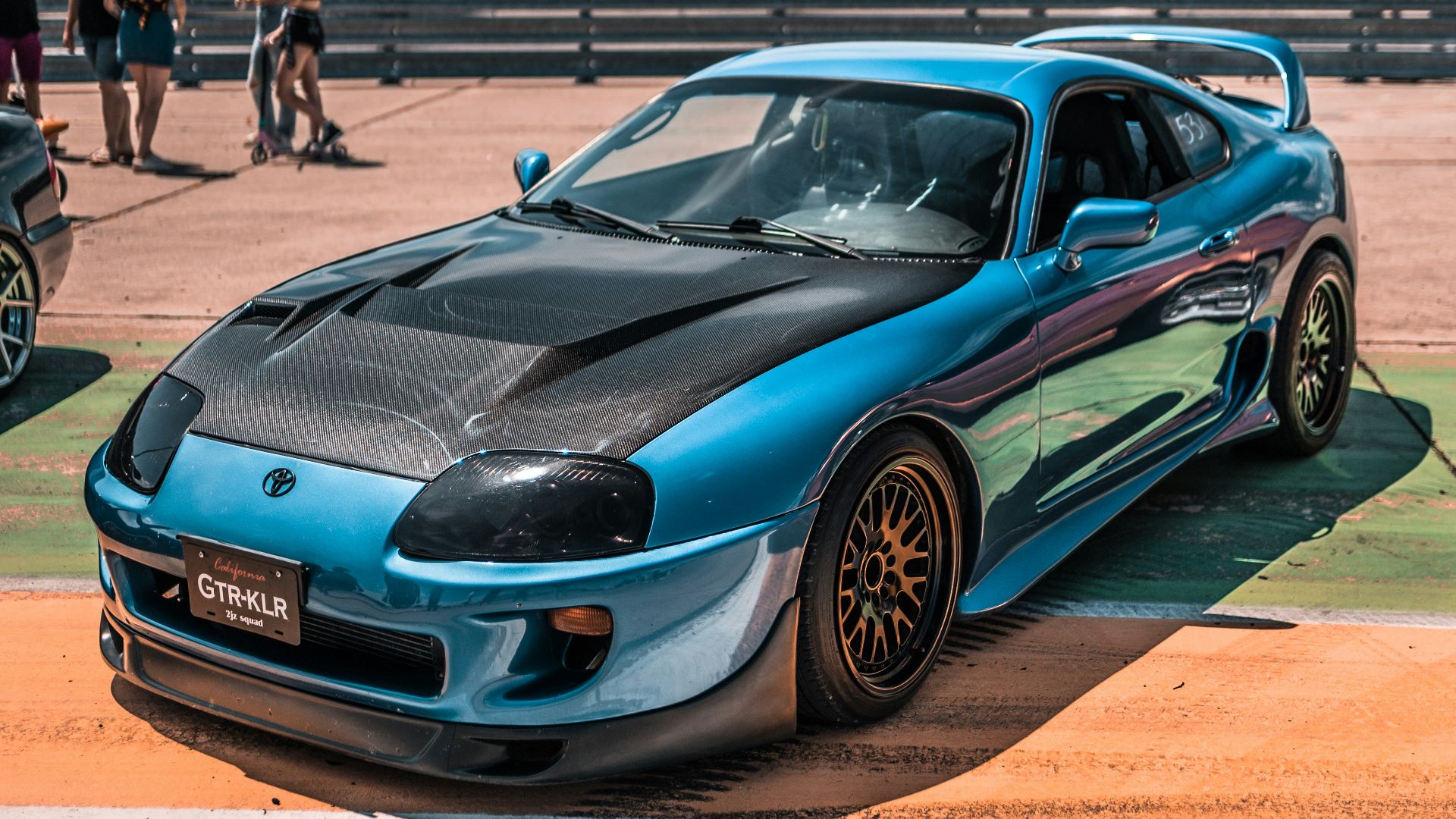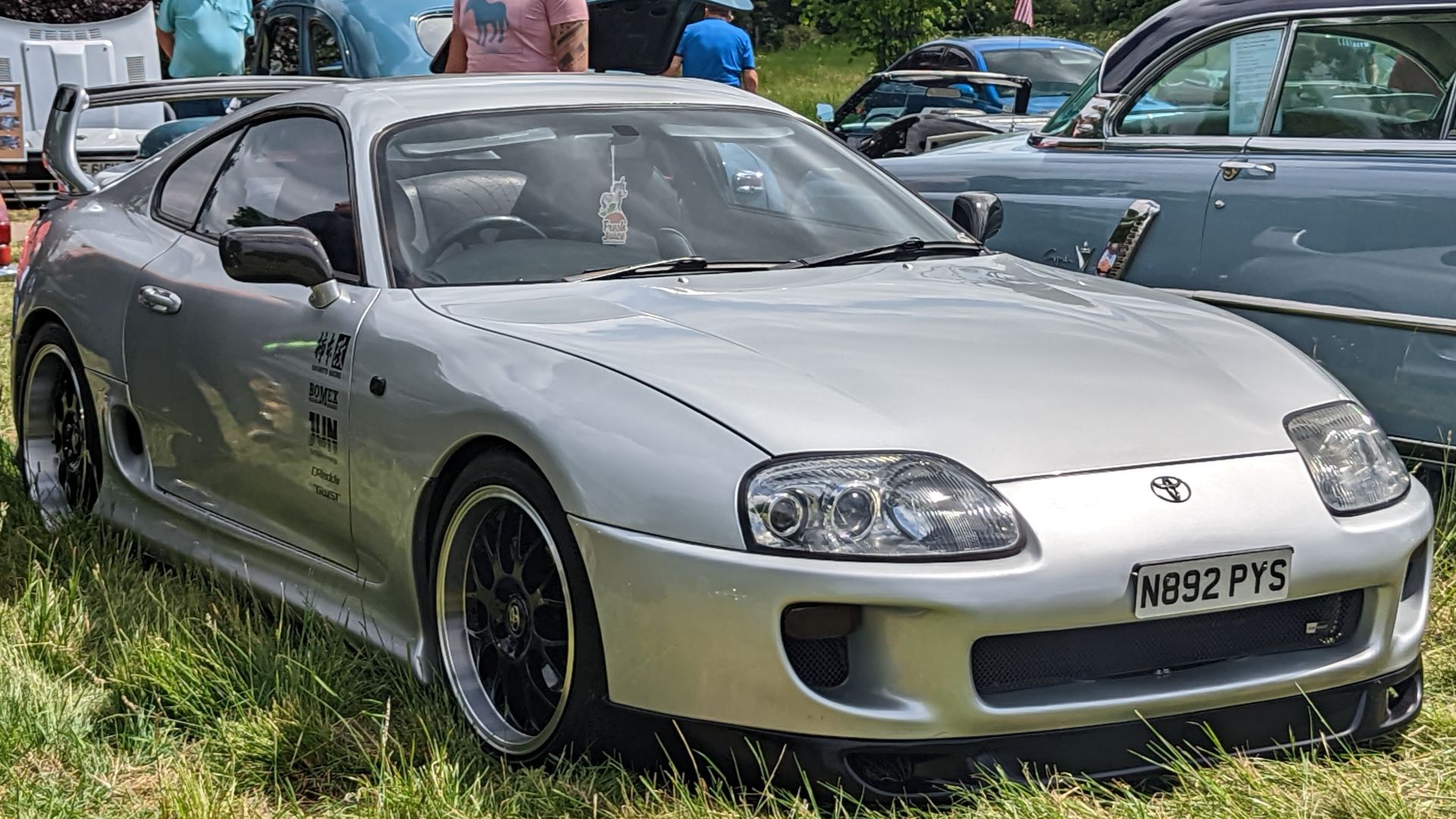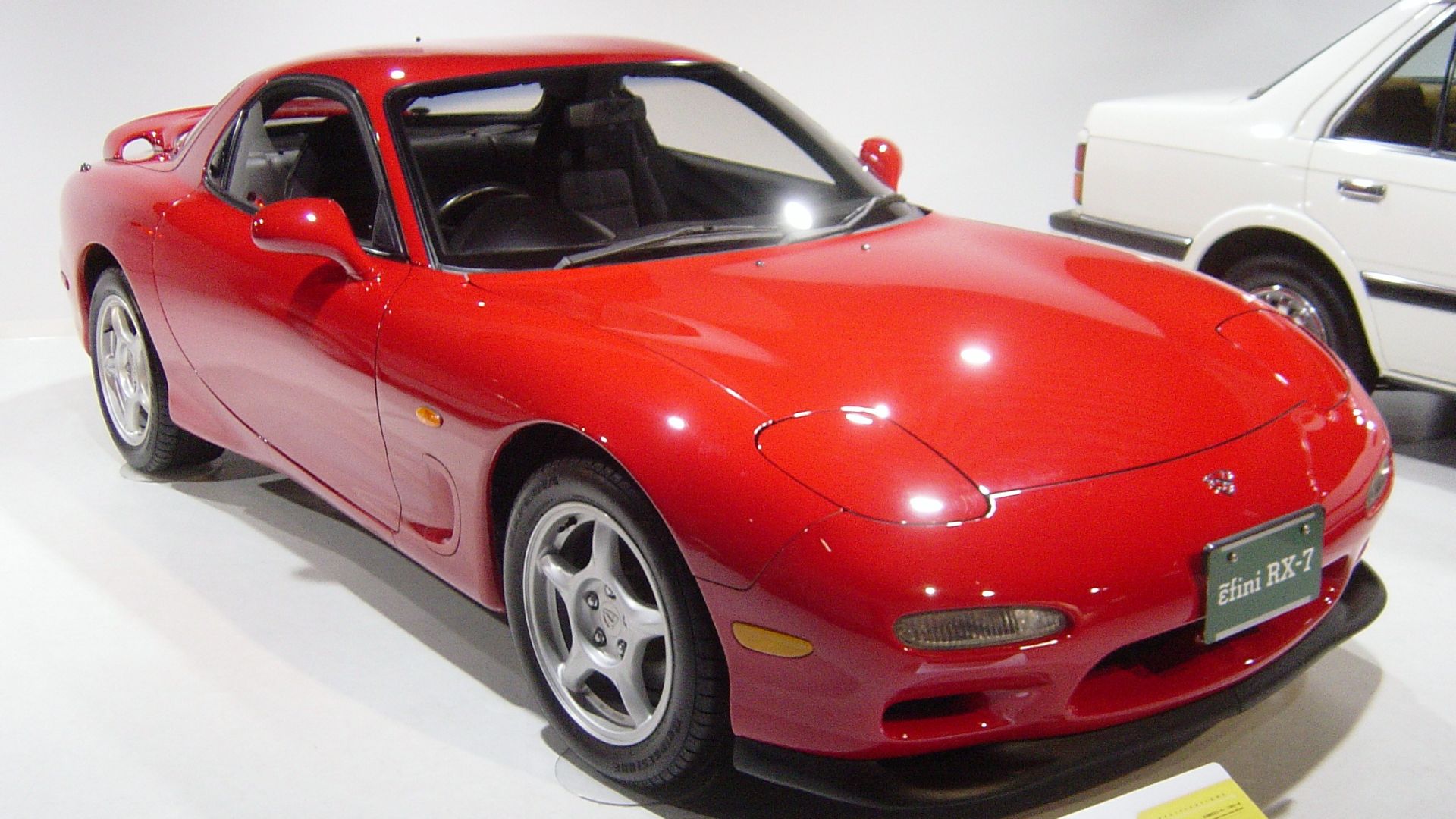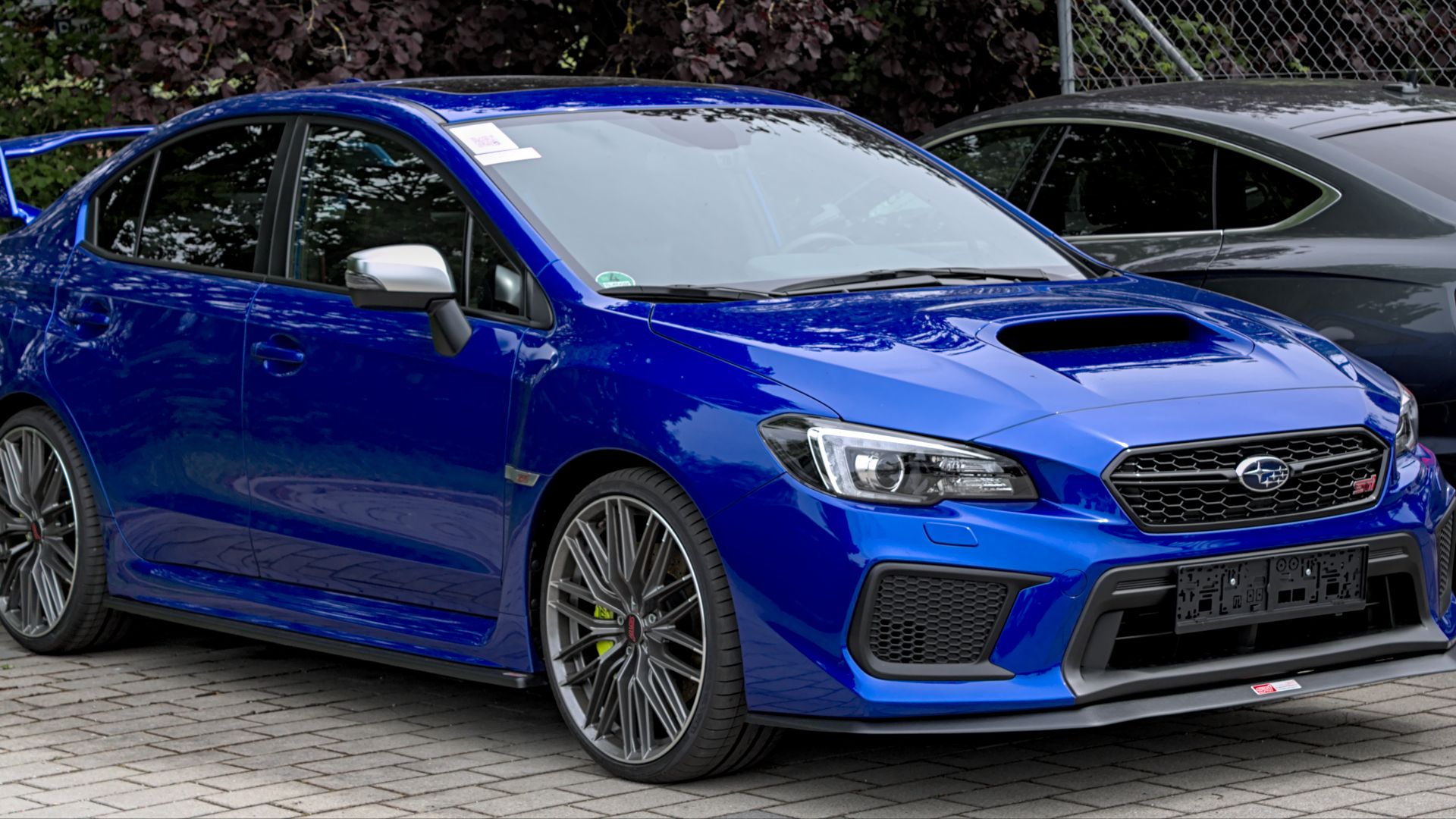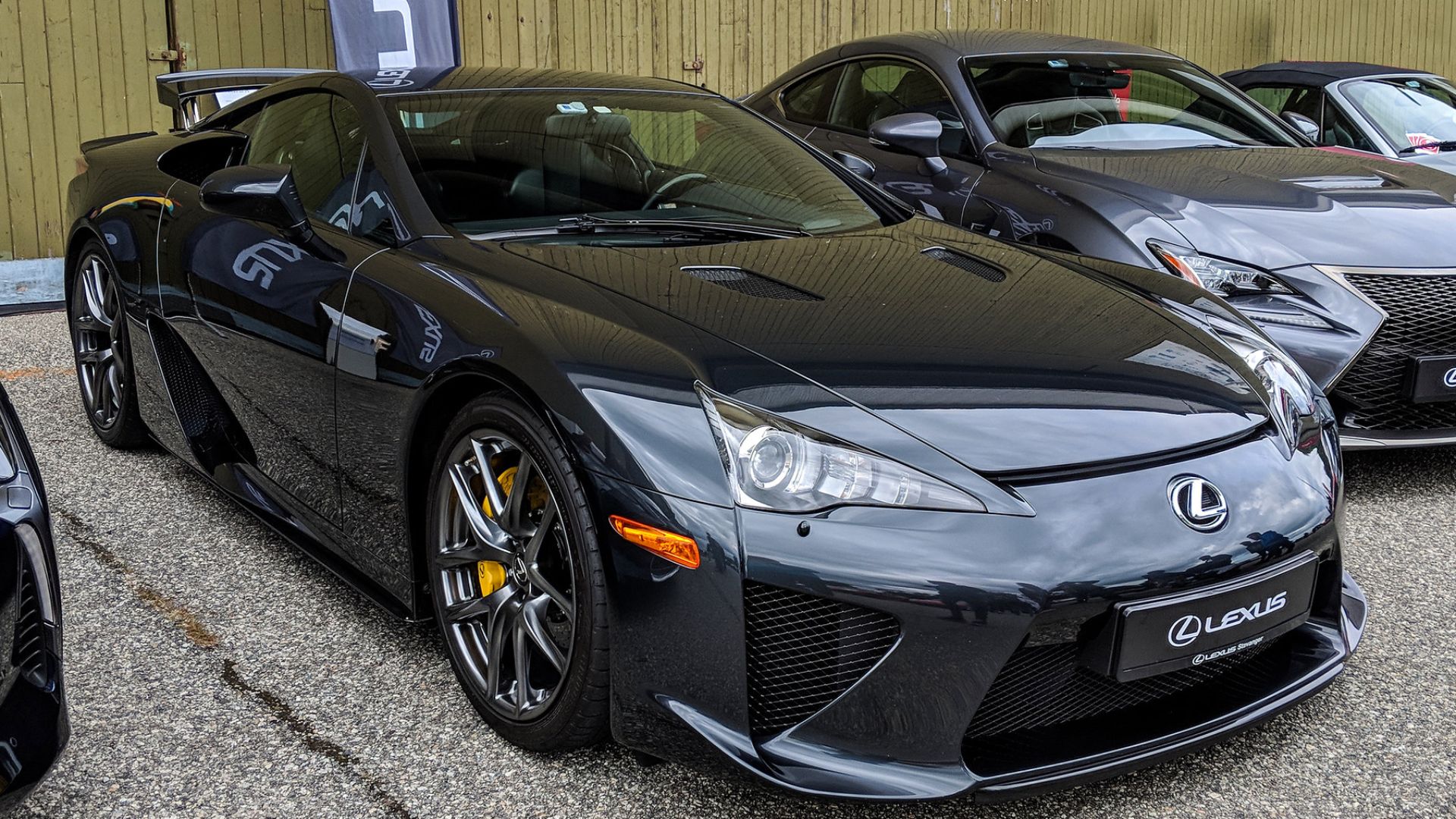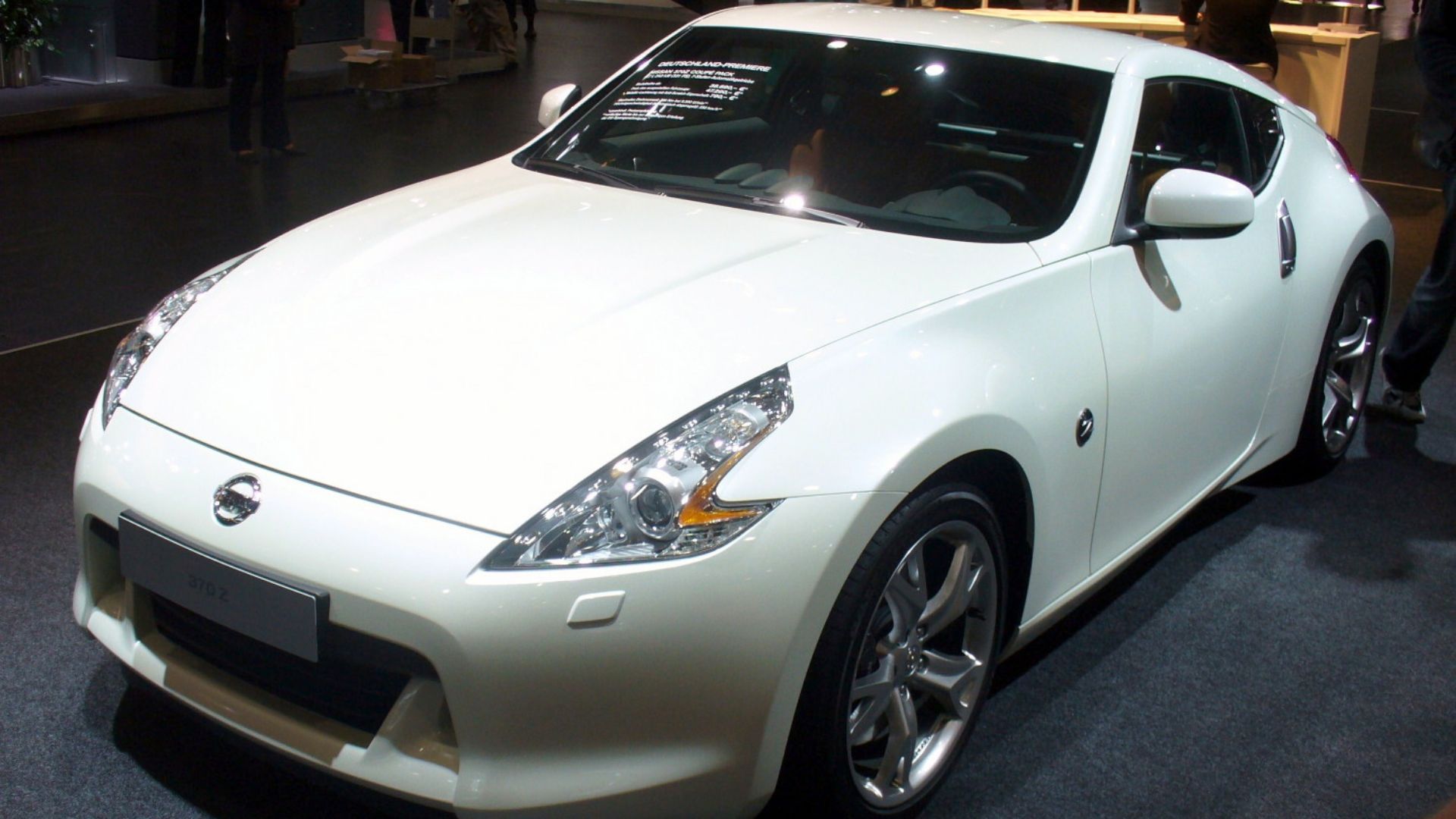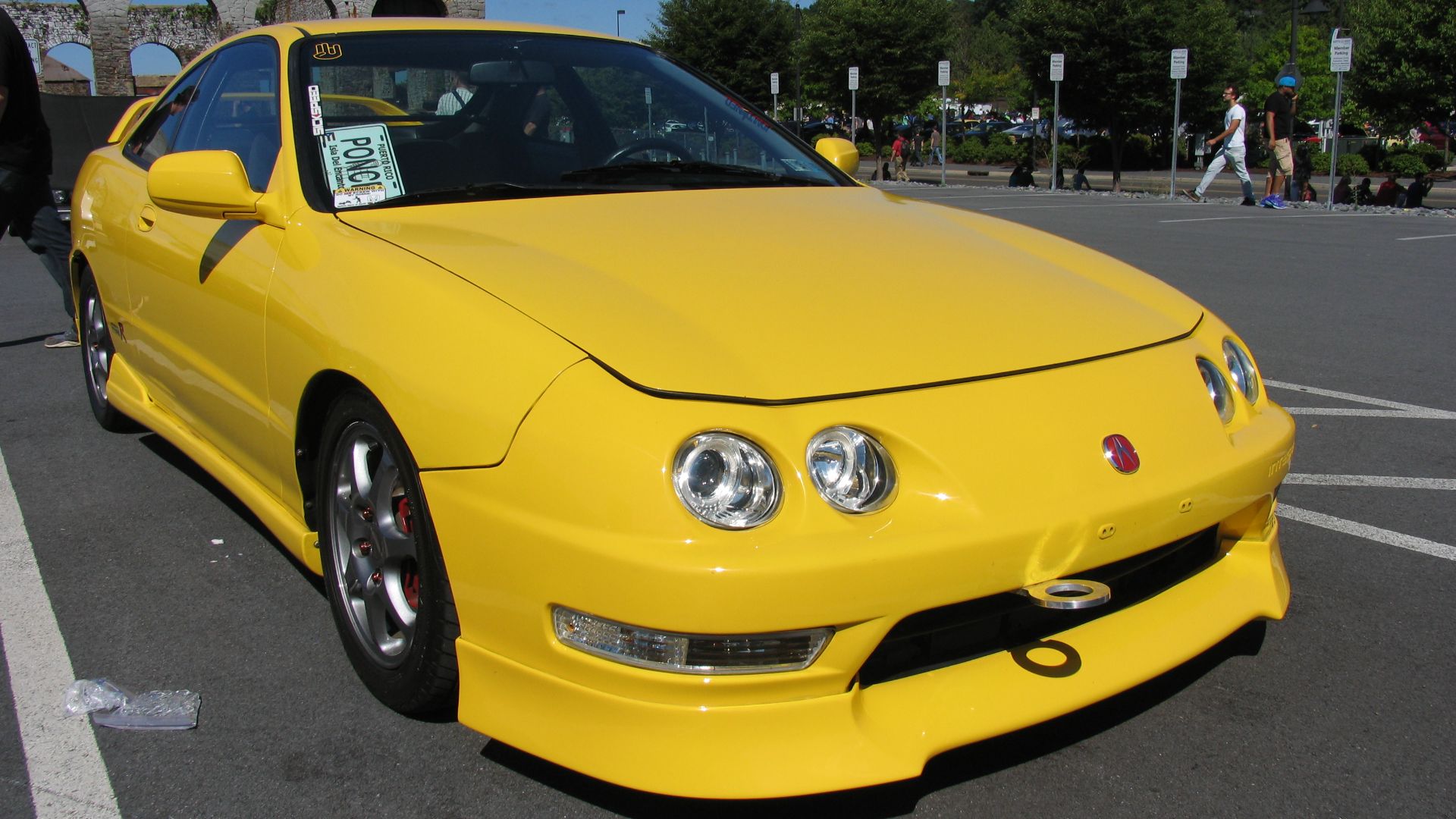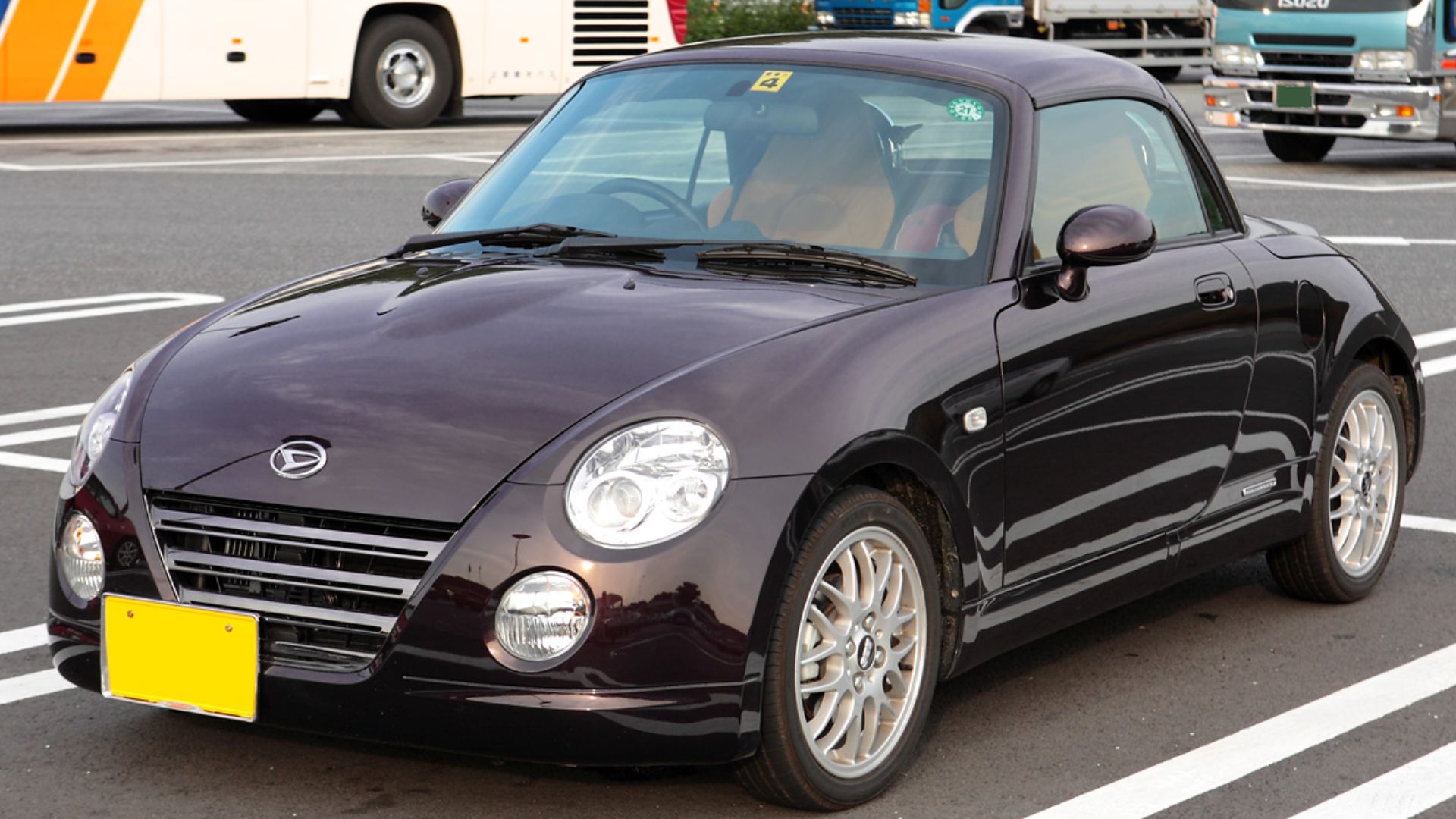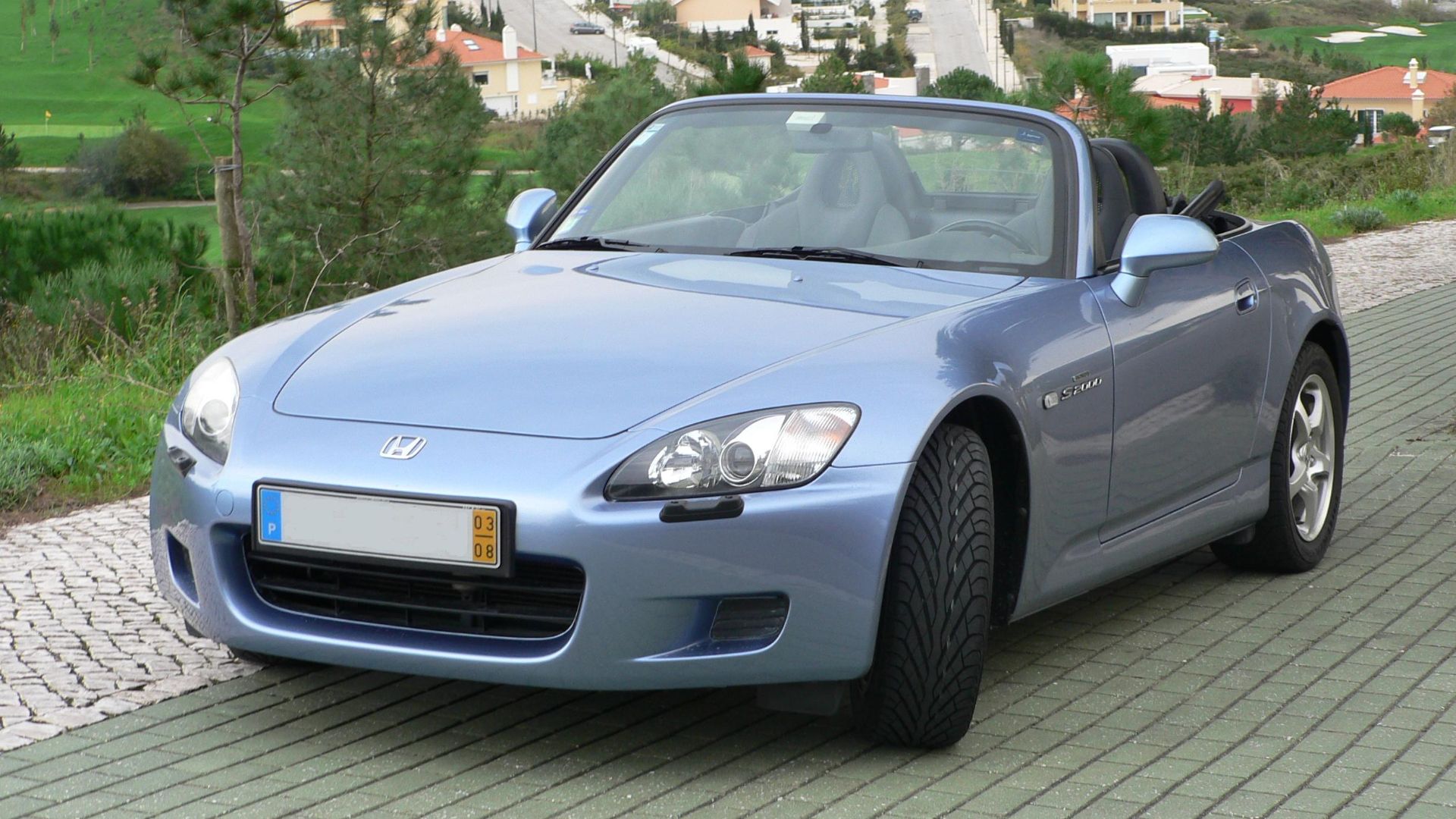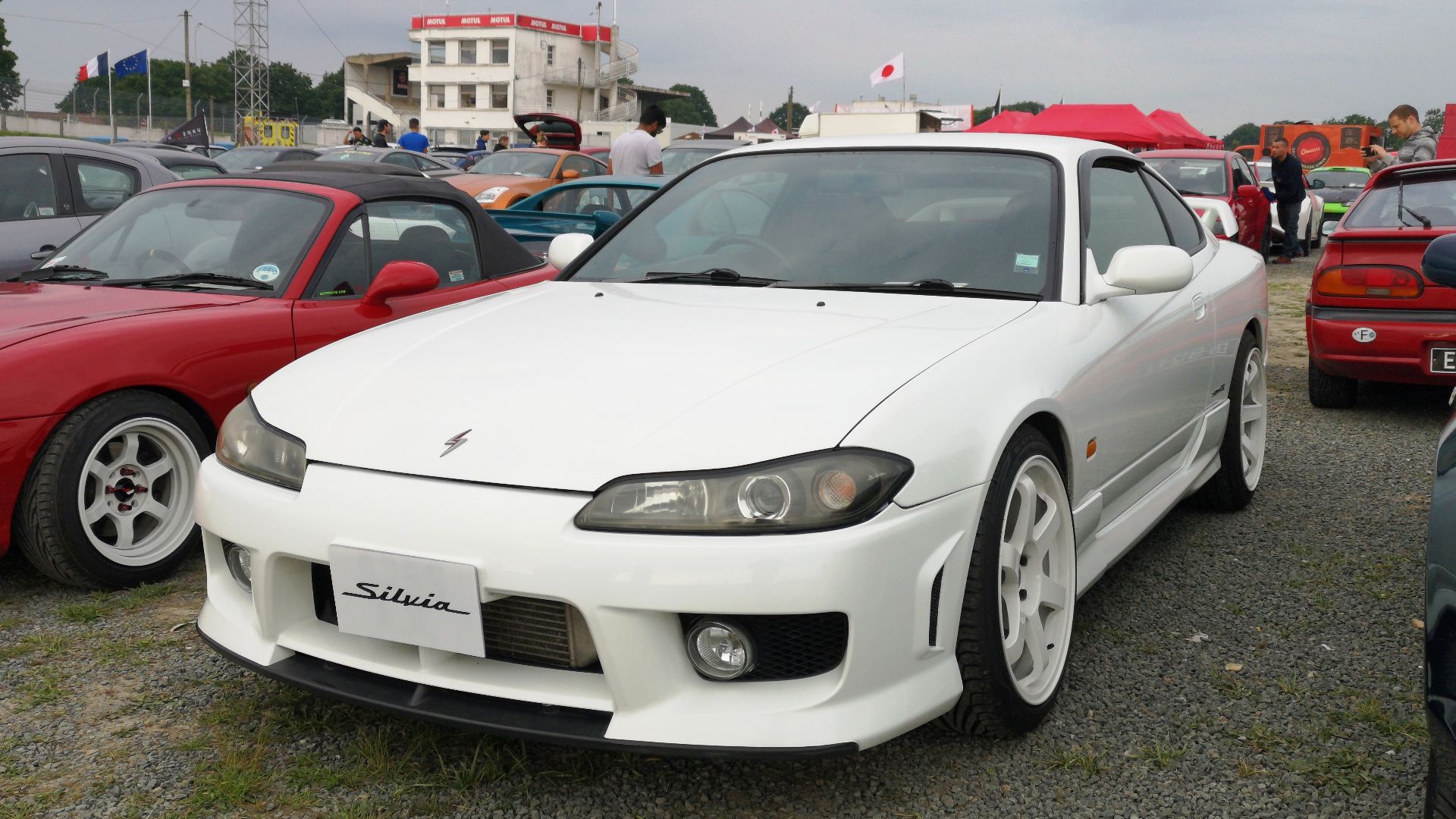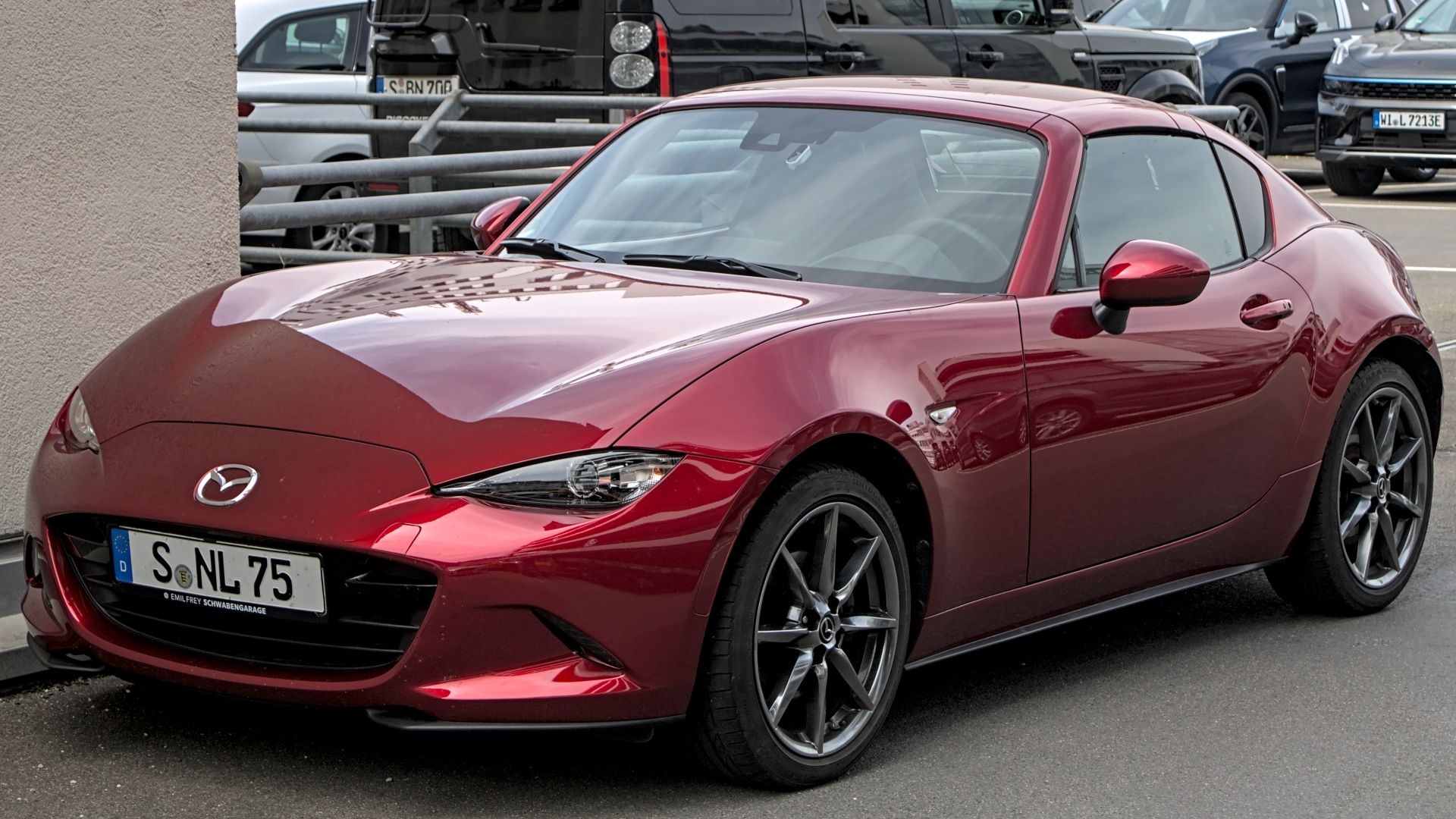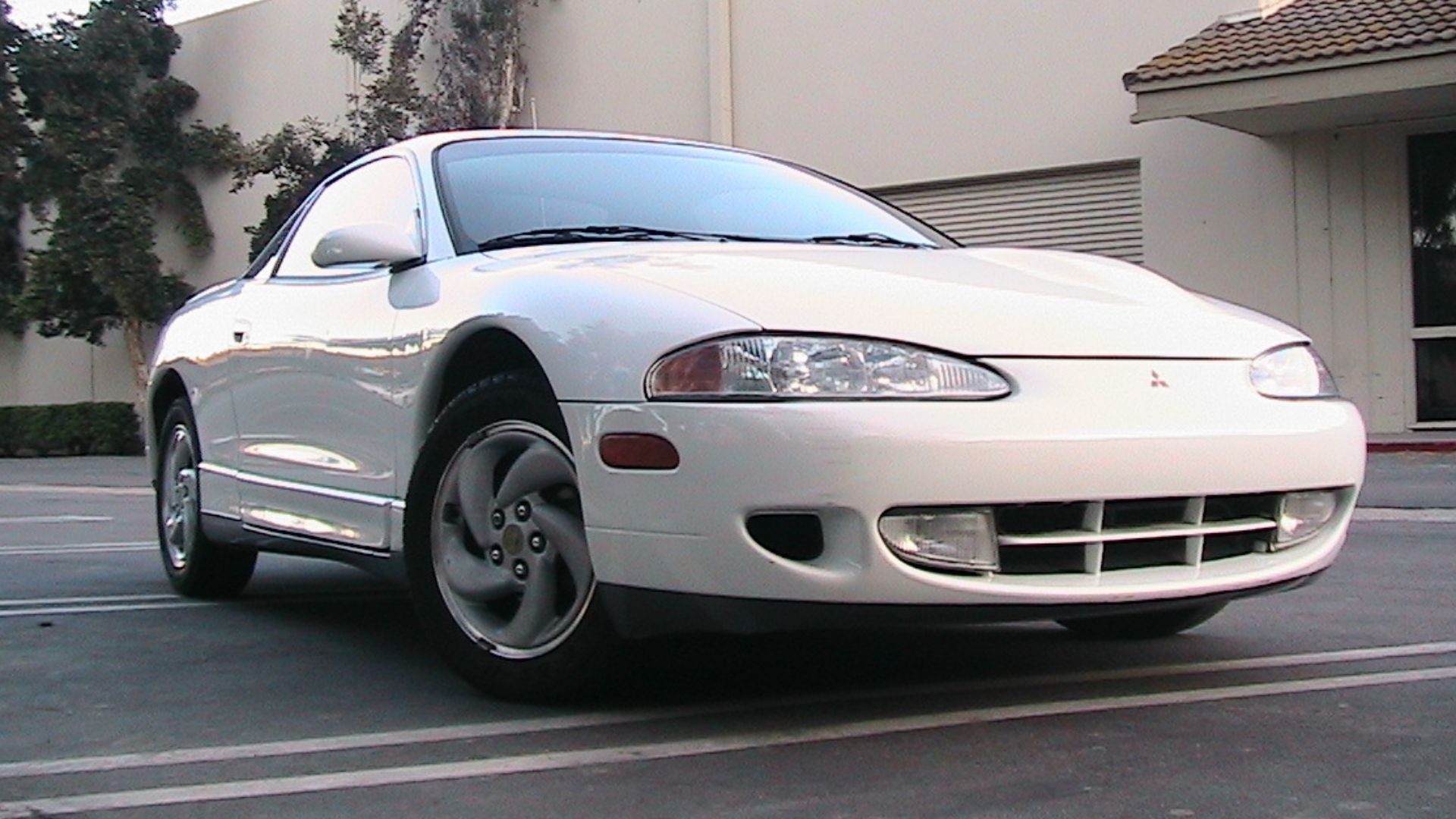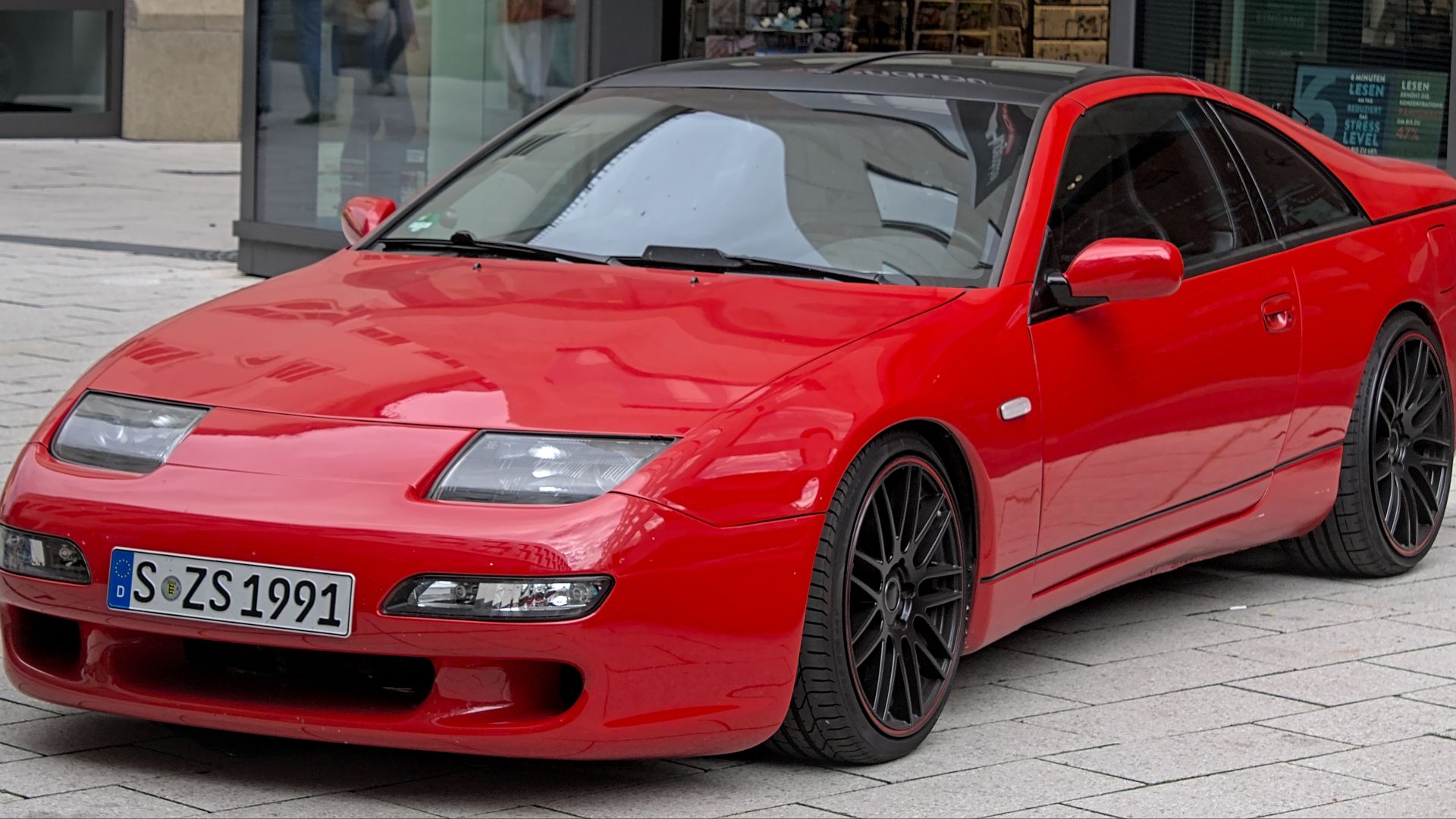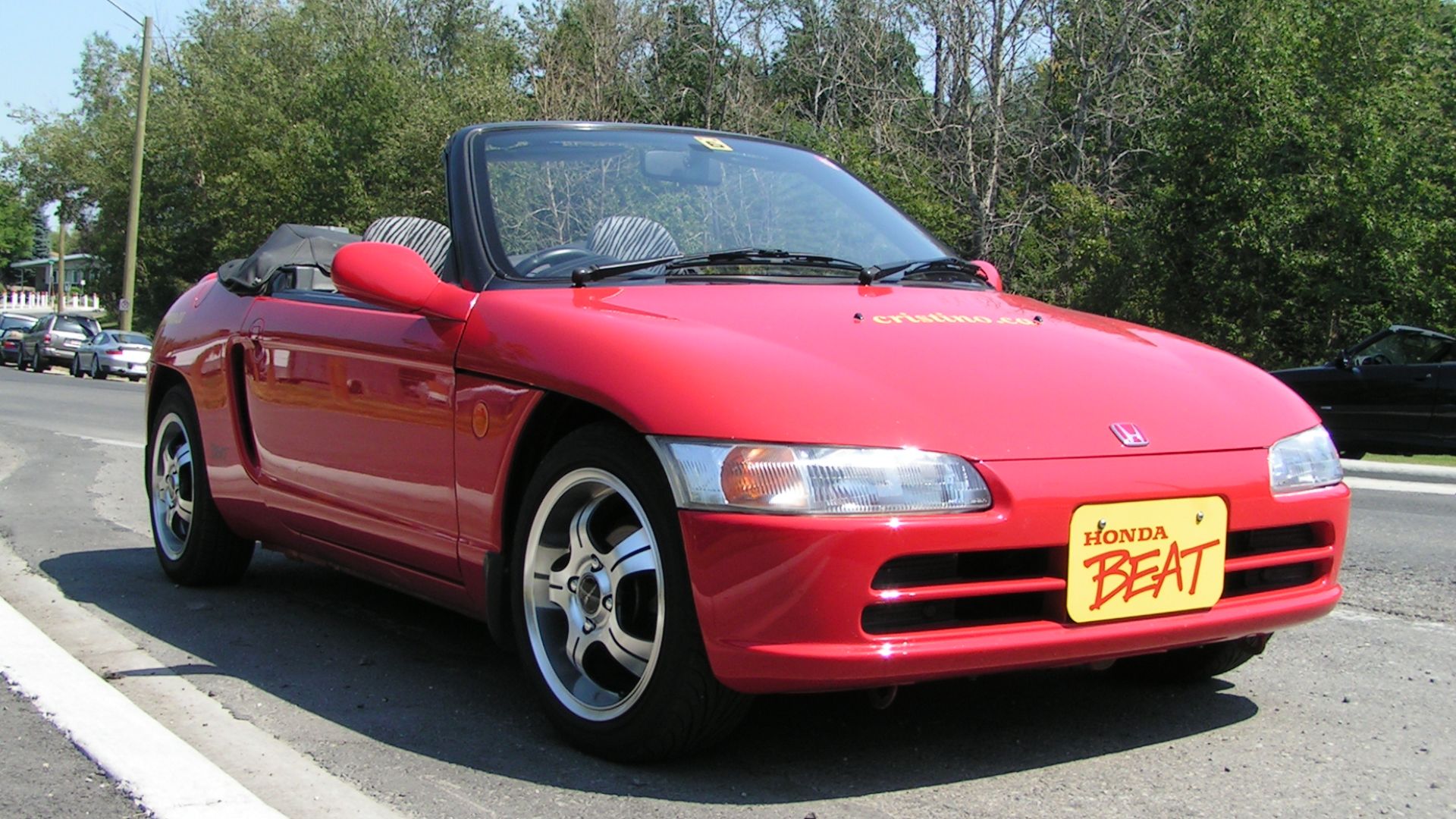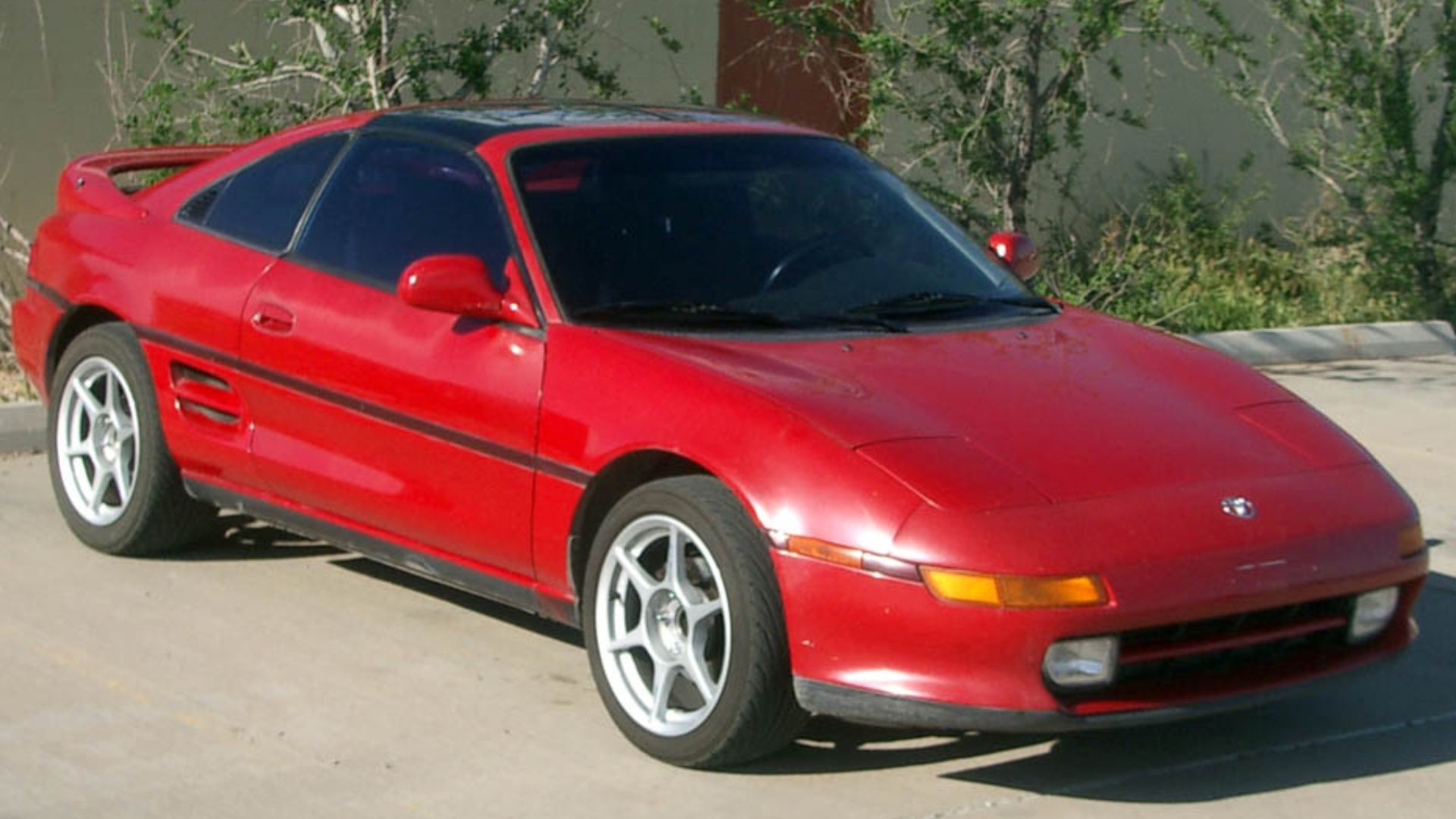Japan’s Gift To Car Lovers
Japan is a place where offbeat innovation reigns and trains are never late. That’s why it’s no surprise their cars reflect the same obsession with precision and fun. Japanese sports cars blend everyday usability with wild weekend energy, giving drivers an experience unlike any other. So, if you’ve ever dreamed of driving something that feels a bit more unique than your typical sports car, here are 20 Japanese rides that capture that spirit perfectly.
1. Nissan GT-R R35
Powered by a hand-built 3.8-liter twin-turbo V6, this car produces up to 600 horsepower in NISMO form and rockets to 60 mph in only 2.7 seconds. Its all-wheel-drive and adaptive suspension systems even earned it the nickname “Godzilla,” defying physics with every corner.
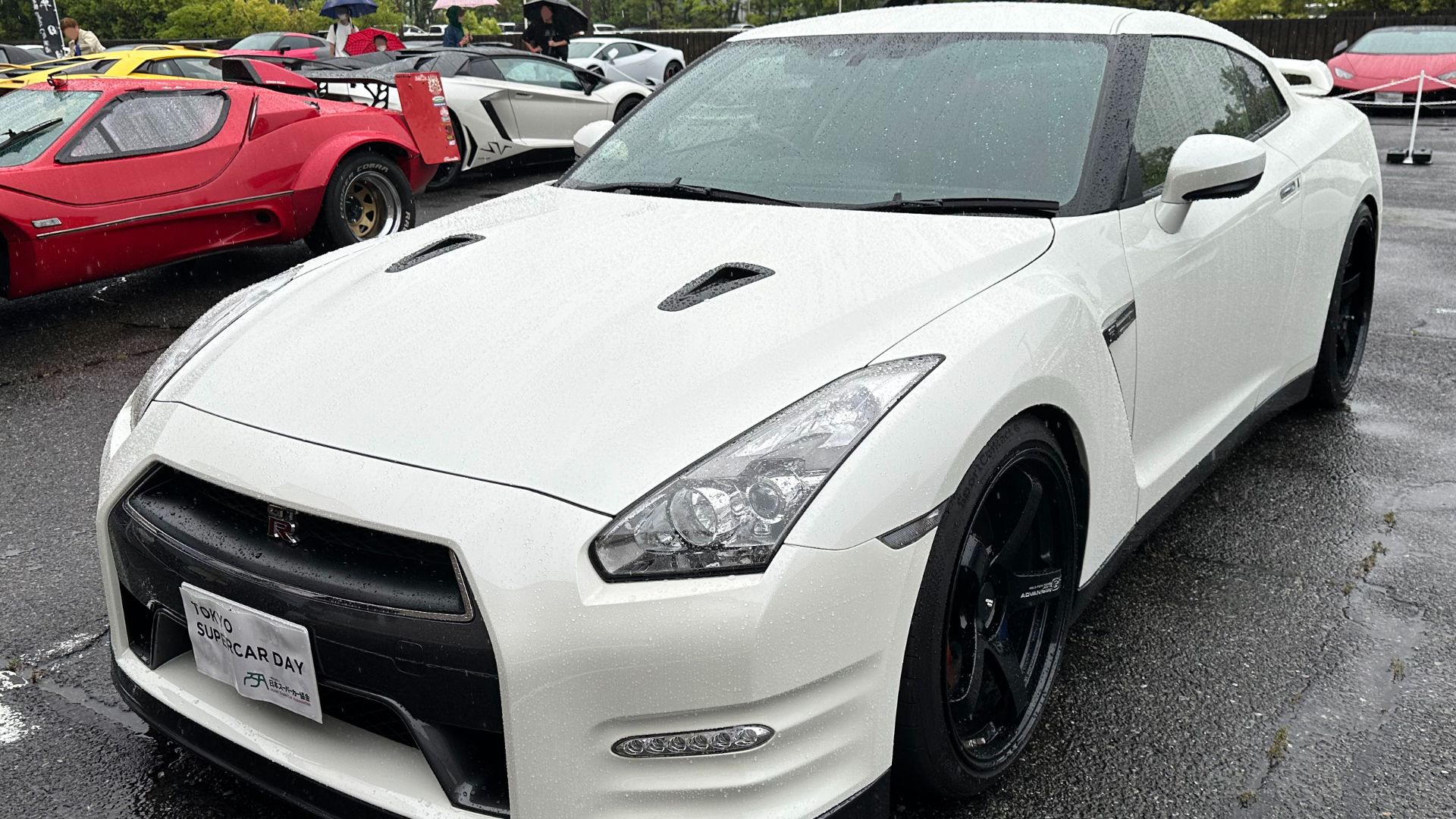 Tokumeigakarinoaoshima on Wikimedia
Tokumeigakarinoaoshima on Wikimedia
2. Toyota Supra Mk4
This car on the list is powered by the durable 2JZ-GTE 3.0-liter twin-turbo inline-six engine. Known for its strength and reliability, it became a favorite among tuners for handling high-power upgrades. Lastly, its role in The Fast & the Furious gave it worldwide recognition.
3. Mazda RX-7 FD3S
Balanced engineering defined the Mazda RX-7 FD3S, a 1990s marvel powered by a 1.3-liter twin-rotor Wankel rotary engine producing up to 276 horsepower. Interestingly, this lightweight machine achieved a flawless 50:50 weight distribution and razor-sharp handling that cemented its reputation as a driver’s car icon.
4. Honda NSX (NA1)
The NA1 NSX redefined what a supercar could be, delivering exotic performance without the usual compromises. Its revolutionary all-aluminum construction and mid-mounted 270-hp V6 created a precise, capable machine, while Formula 1 champion Ayrton Senna's development input ensured it remained composed during daily use.
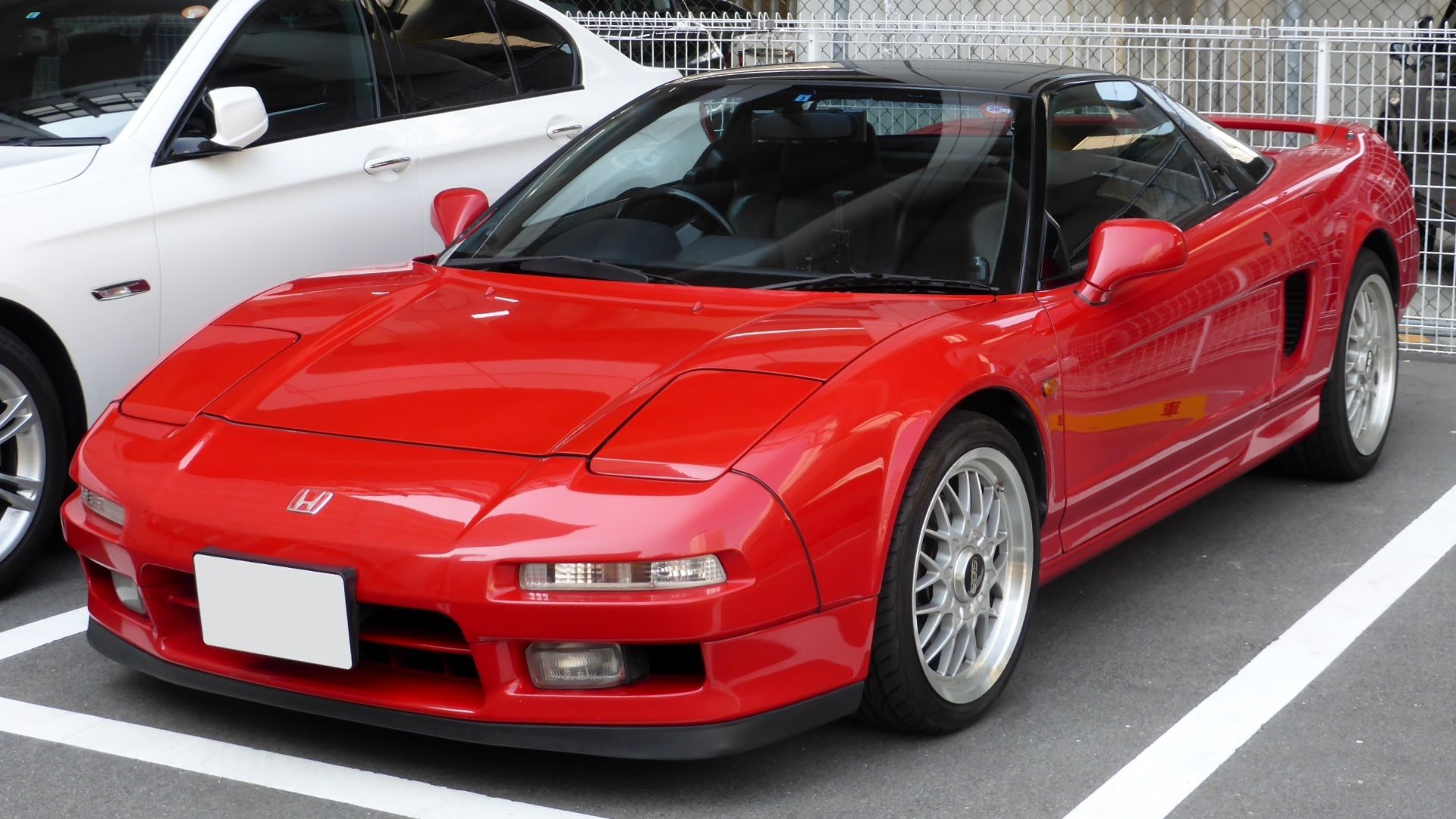 Tokumeigakarinoaoshima on Wikimedia
Tokumeigakarinoaoshima on Wikimedia
5. Mitsubishi Lancer Evolution VIII
Rally roots gave the Mitsubishi Lancer Evolution VIII its edge, combining a 2.0-liter turbocharged inline-four with 271 horsepower. Produced with advanced all-wheel drive, it became the first Evo officially sold in the U.S.
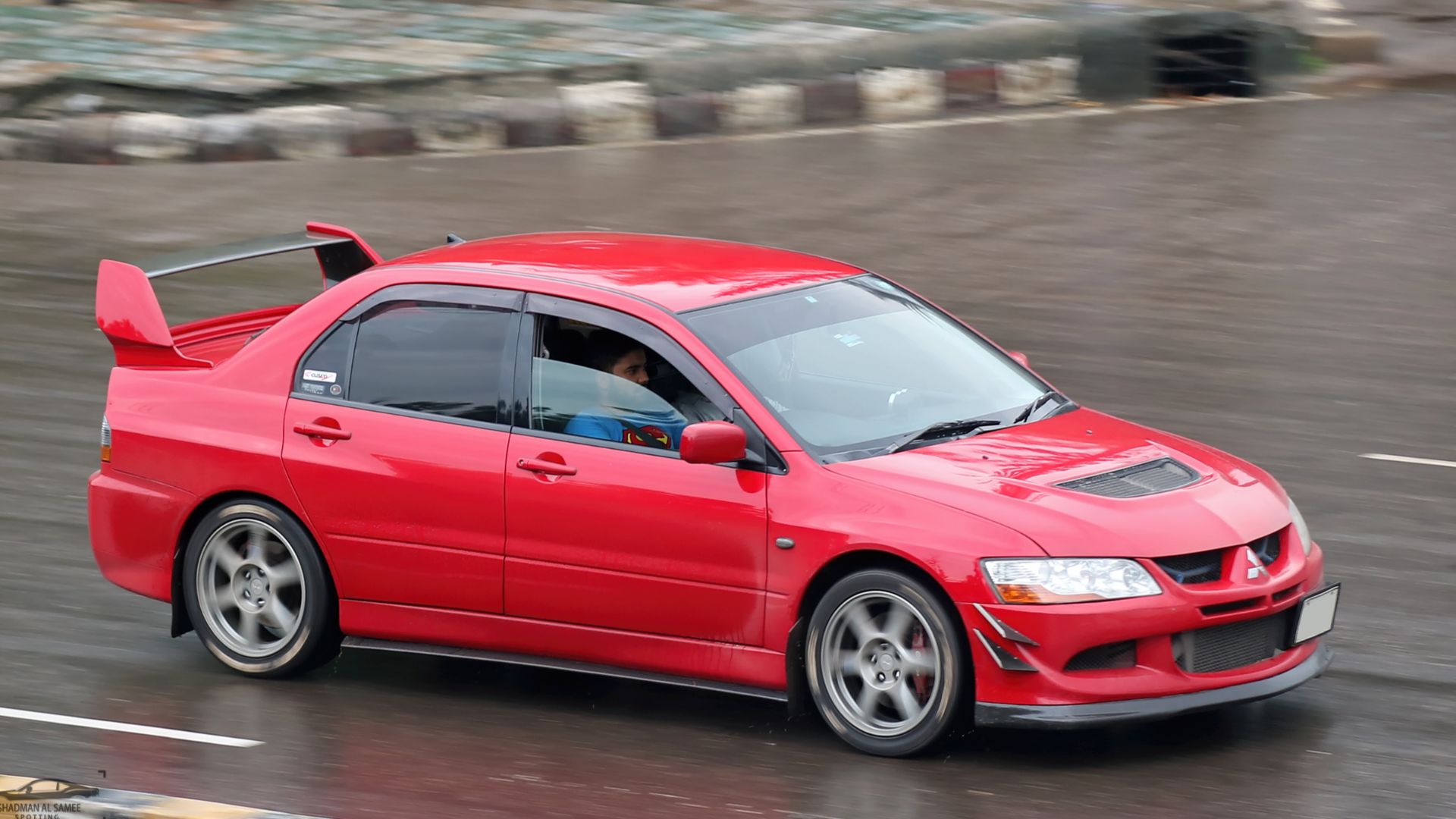 Shadman Samee from Dhaka, Bangladesh on Wikimedia
Shadman Samee from Dhaka, Bangladesh on Wikimedia
6. Subaru WRX STI
Aggressive styling met rally pedigree in the 2004 Subaru WRX STI, a performance icon powered by a 2.5-liter turbocharged flat-four generating 300 horsepower. Plus, Subaru’s symmetrical all-wheel-drive system provided outstanding traction, and the STI badge—short for Subaru Tecnica International—marked the arrival of serious motorsport DNA in North America.
7. Lexus LFA
When Lexus enlisted Yamaha's musical instrument experts to tune the LFA's intake note, it was just one example of their obsessive attention to detail. This 552hp V10 supercar showcased a carbon fiber chassis that took nearly a decade to perfect, after engineers abandoned aluminum mid-development. No wonder only 500 were ever produced.
8. Nissan 370Z
In an era of vanishing manual transmissions, this car stands defiant as one of Japan's last guardians of driver engagement. Its 332-hp V6 and precise short-throw six-speed manual honor the 240Z's sporting legacy, preserving the pure connection between car and driver that modern automation threatens.
9. Acura Integra Type R
Born from Honda’s racing DNA, the Acura Integra Type R blended precision and passion into one cohesive machine. Its close-ratio five-speed manual and helical limited-slip differential worked seamlessly to enhance control. Plus, a high-revving engine pushed it to an 8:17 Nürburgring lap.
10. Suzuki Cappuccino
When Japanese kei car regulations threatened to take the fun out of sports cars, Suzuki's engineers had other ideas. They crafted a featherweight, rear-wheel-drive roadster with a removable roof, squeezing every drop of excitement from its tiny 657cc turbocharged three-cylinder engine.
11. Daihatsu Copen
While retractable hardtops are typically reserved for larger sports cars, Daihatsu defied convention by engineering this feature into the diminutive Copen. This cleverly-named fusion of "compact" and "open" delivers convertible thrills via its potent 658cc turbocharged engine.
12. Honda S2000
Engineered for balance and precision, the Honda S2000 delivered a true driver’s experience through its front-mid-engine, rear-wheel-drive layout. Surprisingly, a 9,000 rpm redline showcased its racing spirit, unmatched among production cars of its time.
13. Nissan Silvia S15
The Nissan Silvia S15 combined sleek looks with precision engineering, as its 2.0-liter turbocharged inline-four delivered 247 horsepower to the rear wheels, creating an ideal platform for drifting. And its absence in the U.S. market only increased its appeal among import enthusiasts.
14. Toyota Celica GT-Four
This compact car packs a 2.0-liter turbocharged engine offering up to 239 horsepower and gripping all-wheel drive. Designed for the World Rally Championship, it carried Toyota to glory in 1993 and 1994, driven by icons like Carlos Sainz and Juha Kankkunen.
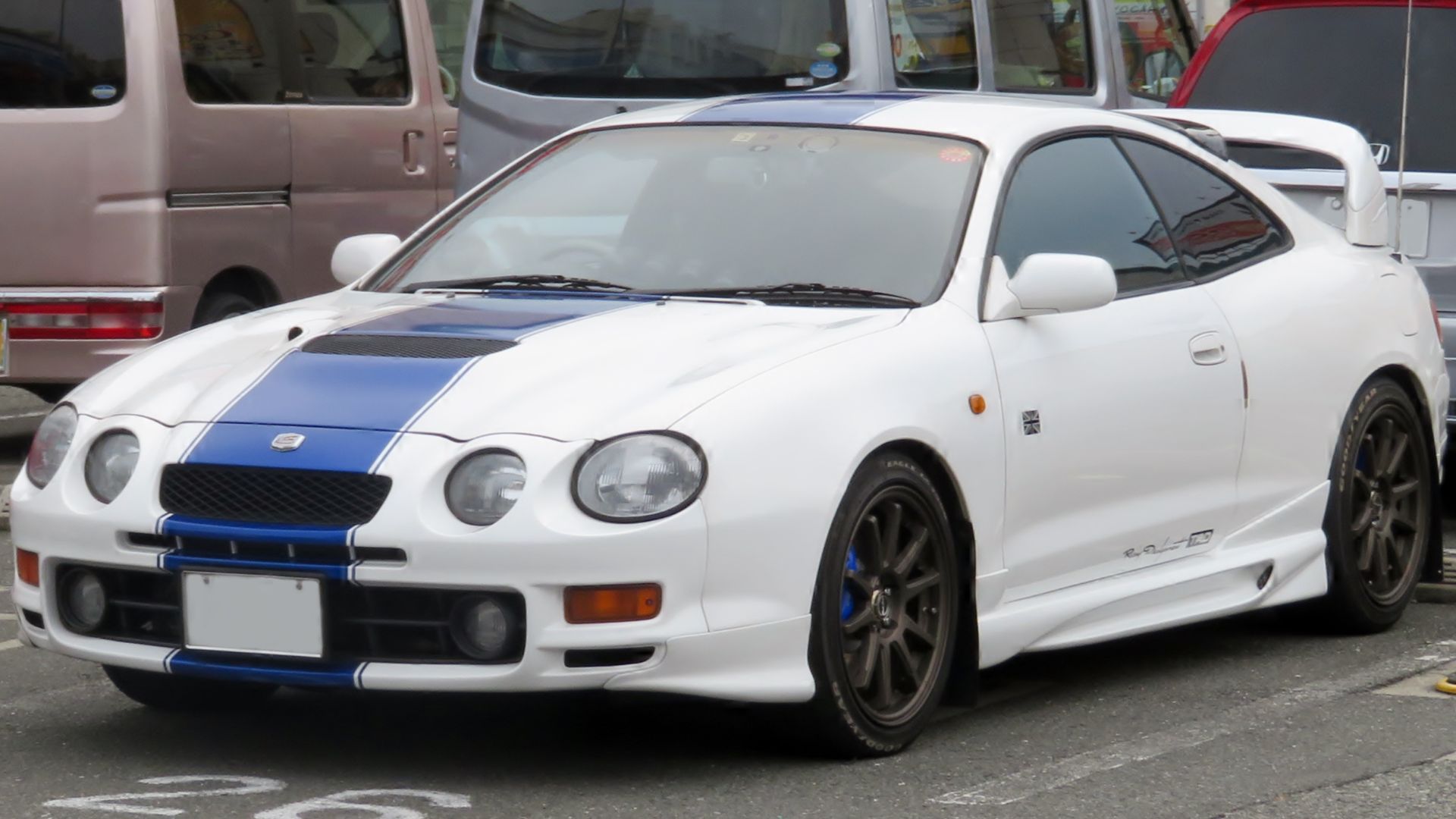 Tokumeigakarinoaoshima on Wikimedia
Tokumeigakarinoaoshima on Wikimedia
15. Mazda MX-5 Miata (ND)
The Japanese philosophy of "less is more" finds its perfect automotive expression in the ND Miata, where every gram serves a purpose. Its whisper-light sub-2,400-pound chassis dances with a spirited 181-horsepower Skyactiv-G engine, while rear-wheel drive and a retractable soft top complete the whole model.
16. Mitsubishi Eclipse GSX
Mitsubishi Eclipse GSX earned its cult status as the performance crown of the Eclipse family. Beneath its sleek frame lies an all-wheel-drive system that made it a street and track favorite. Hence, American car enthusiasts fell hard for its power and tuning potential, especially after its unforgettable appearance in The Fast and the Furious.
17. Subaru BRZ
Born from a brilliant Toyota-Subaru partnership that gave us both the 86/FR-S and BRZ, this sports car showcases what collaborative engineering can achieve. The jointly developed 2.4L flat-four engine pumps out 228 hp, honoring classic Japanese sports car philosophy while delivering modern thrills through its low-slung design.
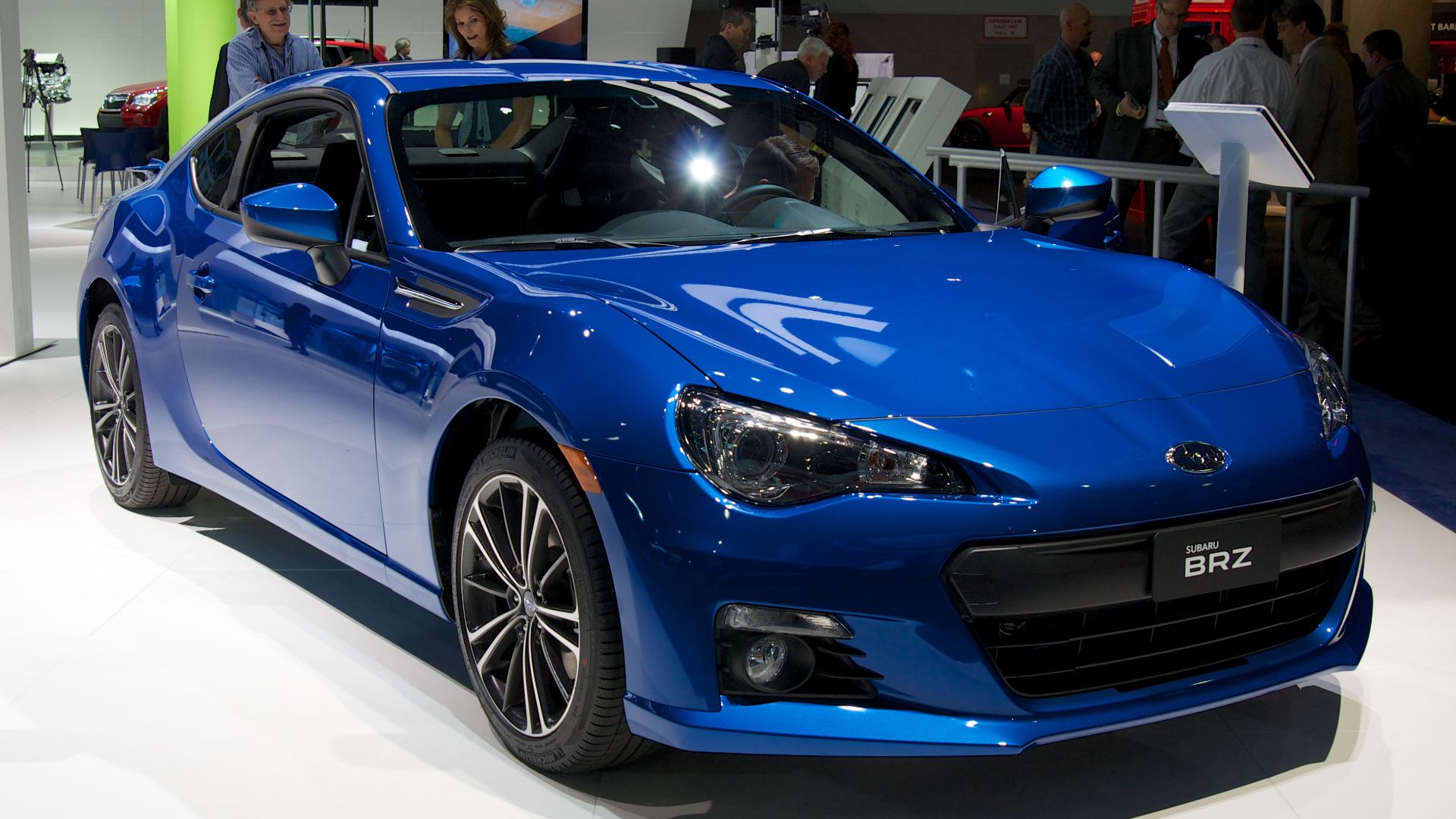 steve lyon from los angeles, ca, usa on Wikimedia
steve lyon from los angeles, ca, usa on Wikimedia
18. Nissan 300ZX Z32
The Z32 300ZX exemplified how computer-aided design revolutionized automotive development in the early 1990s. This technological approach shaped not only its aerodynamic styling but also informed its advanced features: the Super HICAS all-wheel steering system and digital dashboard integration.
19. Honda Beat
Honda Beat redefined what tiny performance could mean for everyday drivers. Engineered with a mid-mounted 656cc three-cylinder producing 63 spirited horsepower, it brought pure fun to Japan’s kei car segment. Besides, this rear-wheel-drive roadster reflected Soichiro Honda’s final vision—compact, affordable, and endlessly joyful to drive.
20. Toyota MR2 SW20
Beneath this car’s sculpted body sat a mid-mounted 2.0-liter turbo engine pushing 200 horsepower, which gave drivers a taste of supercar agility. On top of that, perfect balance, quick reflexes, and sleek lines inspired the nickname “Poor Man’s Ferrari.”


